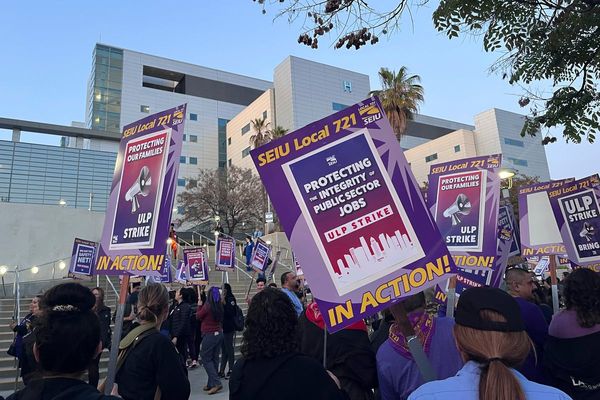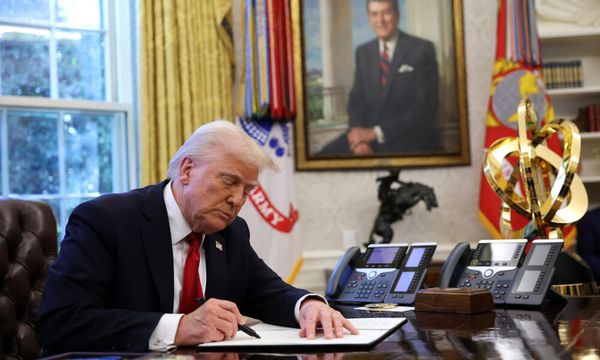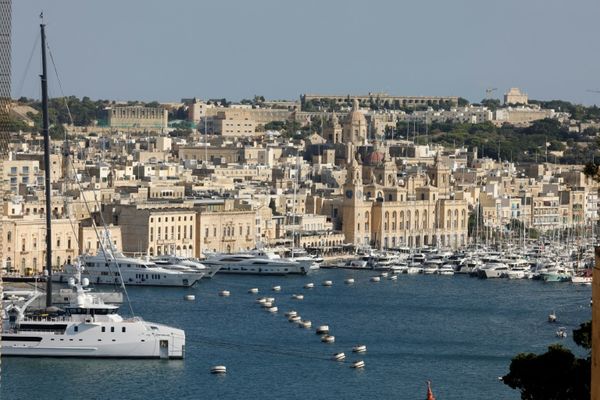
Canada is taking steps, both official and unofficial, to curb the number of people coming to the country, highlighting the way in which immigration has become a political flashpoint ahead of a federal election.
According to figures obtained by Reuters, the ratio of refused visitor visa applications to approved ones was higher in recent months than at any point since the height of the pandemic. Immigration officials rejected more applications than they approved in January, February, May and June 2024.
At the same time, the number of approved study and work permits dropped. And in July, Canada refused entry to nearly 6,000 foreign travellers, including students, workers and tourists – the most since at least January 2019. Reuters reported the shift appears to be informal, and not dictated by a change in policy.
Recent polling has shown a sharp change in how Canadians perceive of immigration, amid a mounting cost of living crisis. One immigration lawyer in Nova Scotia said the firm has seen an increase in rejections – and mounting hostility towards the firm’s clients.
“These are things people have said to us – about barring people from coming here or kicking them out – they likely wouldn’t have felt comfortable saying a few years ago. But now they say it to us, knowing exactly what sort of work we do.”
Last week, the immigration minister, Marc Miller, said his ministry would reassess the number of people applying for permanent residency.
“Now it’s time to take a look at them and put real options on the table for the prime minister and for other cabinet ministers to look at, and not cosmetic changes simply to deal with public opinion. Real significant change,” Miller told CTV News.
That same week, the prime minister, Justin Trudeau, said his government would scale back the controversial temporary foreign workers following a surge in applications. The program was recently condemned by a UN special rapporteur for being a “breeding ground for contemporary forms of slavery”.
Last year, employers were approved to hire 239,646 temporary foreign workers – more than double the 108,988 hired in 2018, according to Employment and Social Development Canada.
Employers are increasingly using the program to fill positions in new sectors, including in fast food and construction. For example, the number of people hired for low-wage jobs in the healthcare sector is up more than 15,000% since 2018.
Trudeau said employers in sectors where the unemployment rate is 6% or higher, will not be able to hire low-wage TFW, with an exception granted for “food security sectors” like agriculture and food and fish processing. His government has also approved a carve out for the construction and healthcare sectors.
The prime minister also mused about reducing the number of permanent residents Canada accepts each year, dramatically upending years of increased immigration levels under his tenure.
“Canada remains a place that is positive in its support for immigration, but also responsible in the way we integrate and make sure there’s pathways to success for everyone who comes to Canada,” he told reporters last week following a cabinet retreat.
With a federal election due within the next year, political leaders have sparred over immigration, with the Conservatives, who lead in the polls, accusing Trudeau’s government of letting in too many people too quickly.
Trudeau and Miller have defended the need for elevated immigration as critical part of Canada’s economic growth strategy, but both have conceded the volume of immigrants – in addition to a lack of federal and provincial investment in infrastructure – has contributed to a mounting crisis.
In late 2023, the federal government said it would freeze permanent resident targets over the next three years to ensure inflows were “sustainable”. There is an aim to bring in 485,000 permanent residents in 2024, and 500,000 in both 2025 and 2026. Those projected numbers are a more than 50% increase from the 296,000 permanent residents welcomed in 2016.
The Conservative leader Pierre Poilievre, whose party has a sizeable lead in the polls, said last week the “radical and out of control” Liberal government has “destroyed our immigration system”.
Poilievre said Trudeau was growing the population at a rate far faster than houses were being build and pledged if victorious in the election, his party would tie Canada’s population growth rate to a level below the number of houses built.







